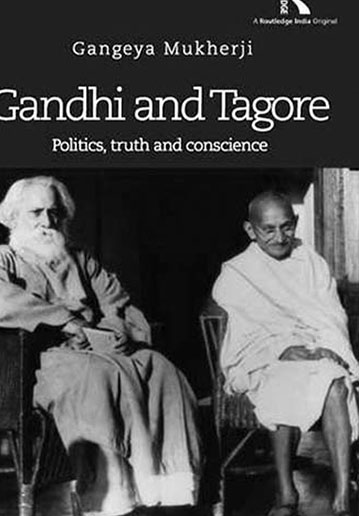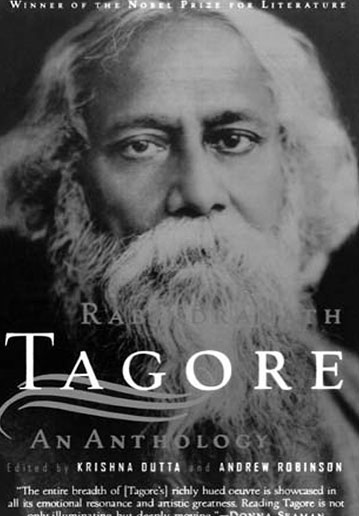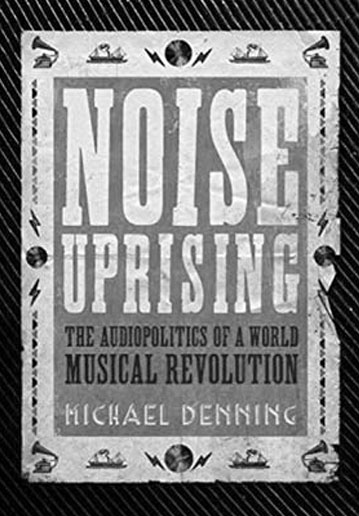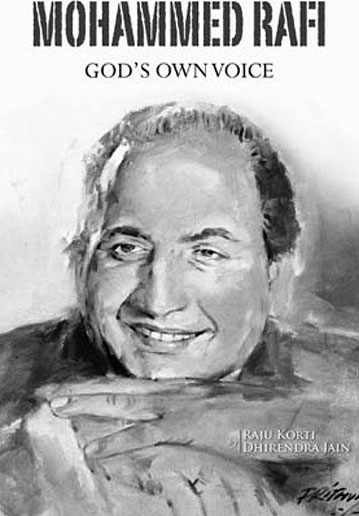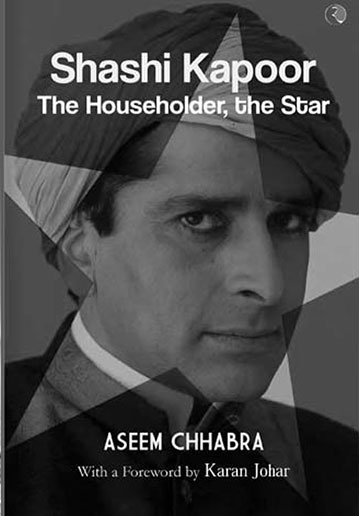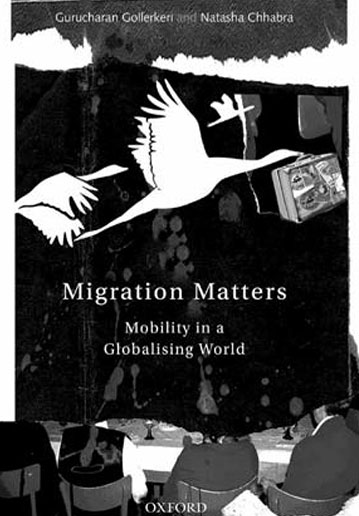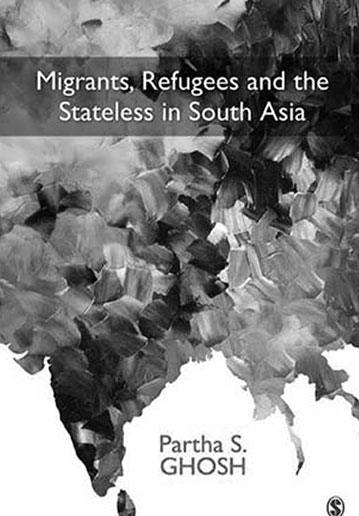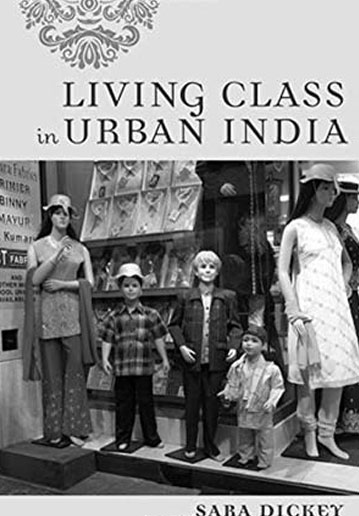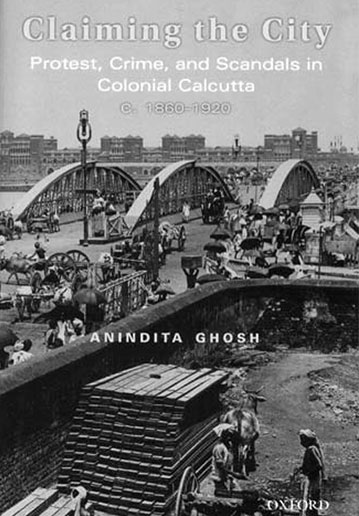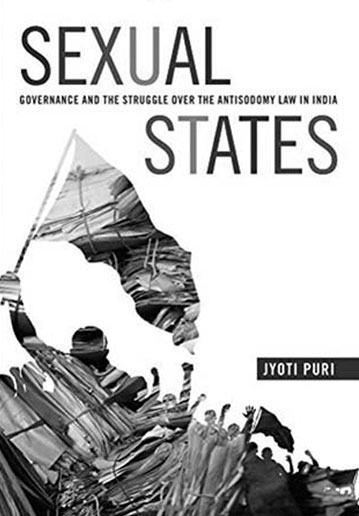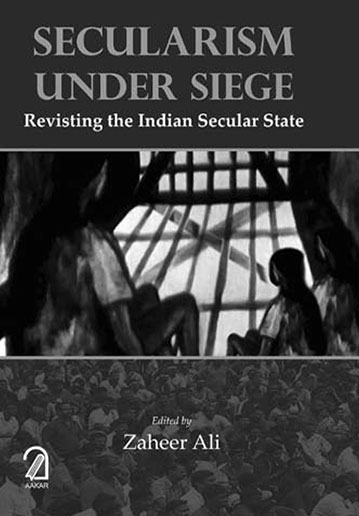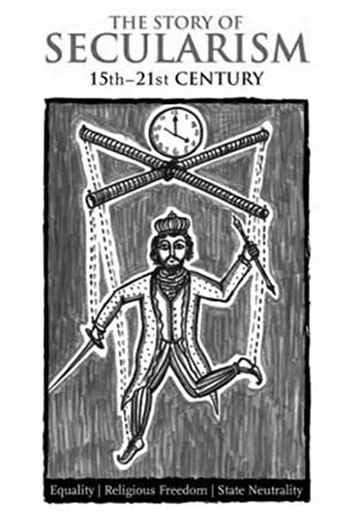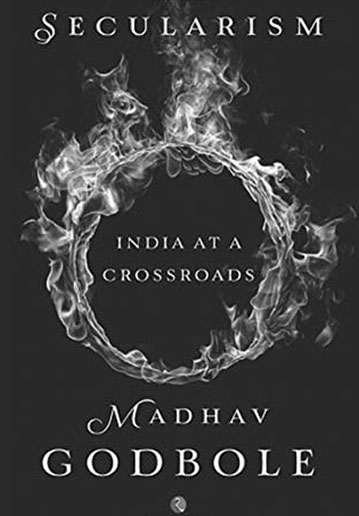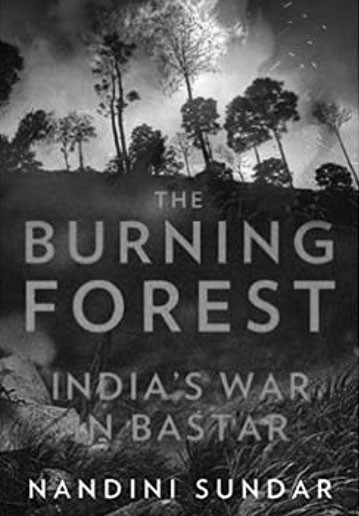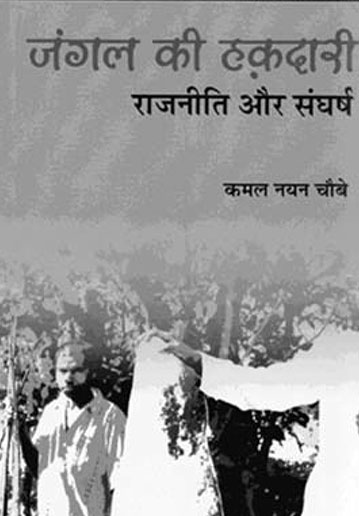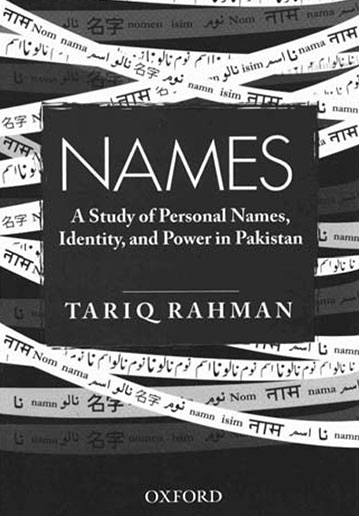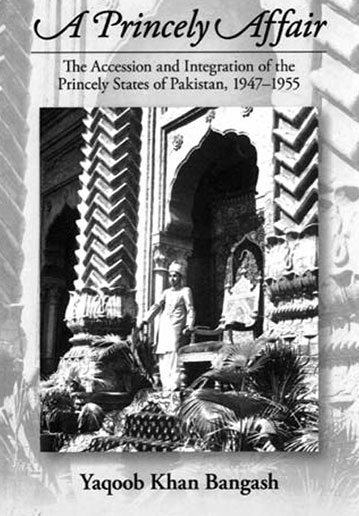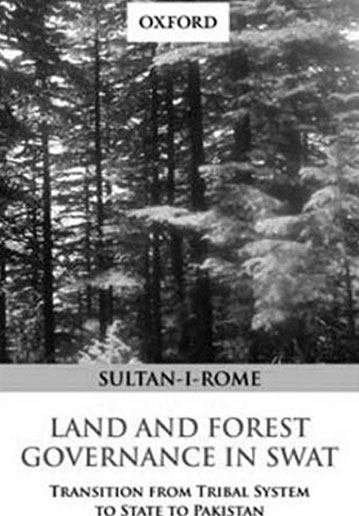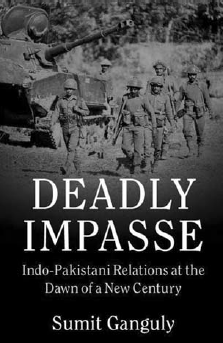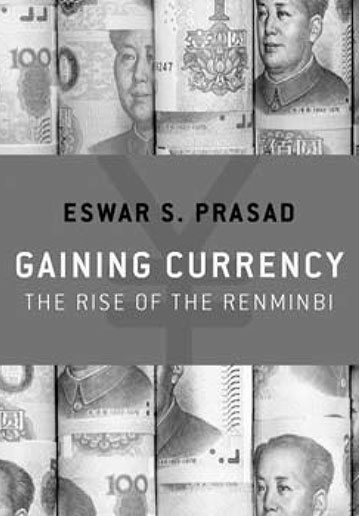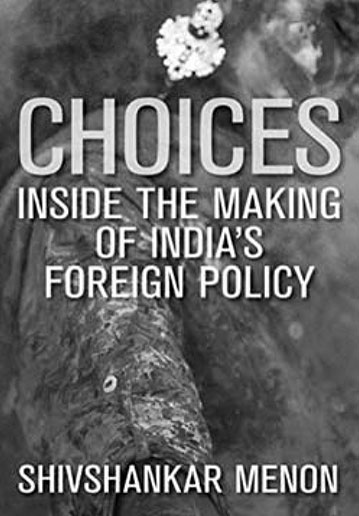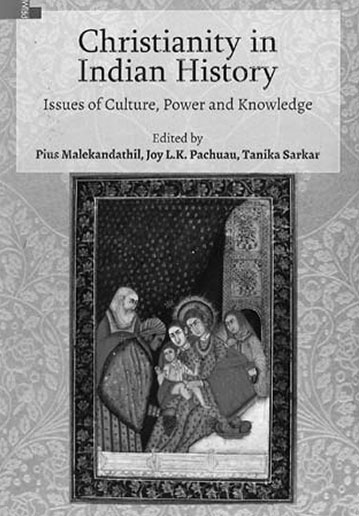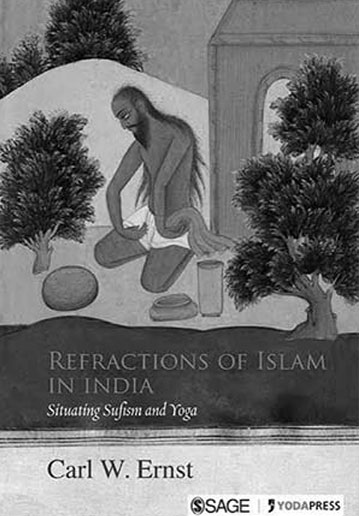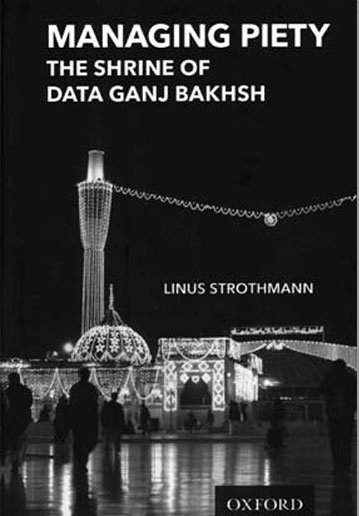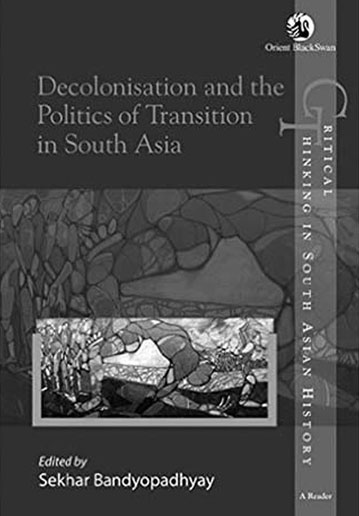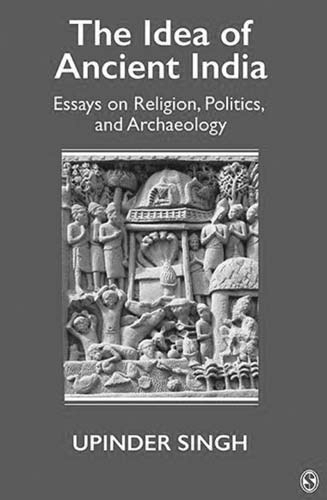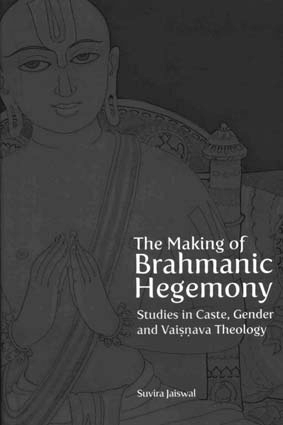As redundant as publishing the screenplay for the latest film set in JK Rowling’s mersmerizing wizarding world is, the power of marketing is equally magical, such that every gullible fan has bought, ordered or stolen a copy of the screenplay of Fantastic Beasts And Where To Find Them.
Archives
March 2017 . VOLUME 41, NUMBER 3The first sighting of the High Himalayas is invariably an occasion of wonderment, often an epiphany. Himalaya tells us how Wolfgang Buscher found himself shouting with delight as the peaks unexpectedly revealed themselves;
The 150th birth anniversary of Rabindranath Tagore in May 2011 generated so much of renewed interest in the writer and his work that every other day we now see the proliferation of Tagoreana in all possible literary and cultural forms.
2014
The 150th birth anniversary of Rabindranath Tagore in May 2011 generated so much of renewed interest in the writer and his work that every other day we now see the proliferation of Tagoreana in all possible literary and cultural forms.
The 150th birth anniversary of Rabindranath Tagore in May 2011 generated so much of renewed interest in the writer and his work that every other day we now see the proliferation of Tagoreana in all possible literary and cultural forms.
The 150th birth anniversary of Rabindranath Tagore in May 2011 generated so much of renewed interest in the writer and his work that every other day we now see the proliferation of Tagoreana in all possible literary and cultural forms.
The 150th birth anniversary of Rabindranath Tagore in May 2011 generated so much of renewed interest in the writer and his work that every other day we now see the proliferation of Tagoreana in all possible literary and cultural forms.
The 150th birth anniversary of Rabindranath Tagore in May 2011 generated so much of renewed interest in the writer and his work that every other day we now see the proliferation of Tagoreana in all possible literary and cultural forms.
The 150th birth anniversary of Rabindranath Tagore in May 2011 generated so much of renewed interest in the writer and his work that every other day we now see the proliferation of Tagoreana in all possible literary and cultural forms.
2015
The legendary Gandhian Narayan Desai died on December 24, 2015 at the age of ninety. He was the last of the ‘true’ Gandhians who lived his life practising and preaching Gandhi’s philosophy. His father Mahadev Desai was Gandhi’s close associate and also his personal secretary; hence, Narayan Desai’s upbringing had been under the tutelage of Gandhi.
The 1920s has been noted as an exciting decade for scholars tracking the histories of modern sound. Jonathan Sterne has shown how sound reproduction technologies amplified as well as grew out of the ‘maelstrom’ of modern life that was marked by the rise of industrial capitalism, massive population shifts and the rise of mass media.
One thing is apparent; the book, Mohammad Rafi: God’s Own Voice has been written by two earnest fans and ferocious defenders of the renowned playback singer Mohammad Rafi (1924–80).
Shashi Kapoor: The Householder, The Star is an almost heartbreaking account—of the fame, and untoward retirement and estrangement from the industry, the painful and premature aging of a once extremely popular and daring showman.
In the intense heat of the Indian summer of 1739, a Persian army could be seen heading in triumph away from the looted city of Delhi. Delhi was the capital of the great Mughals, the Muslim dynasty, originally of Central Asian origin, that had ruled much of India since the mid-sixteenth century.
Migration has been a part of human history from the earliest times. Millions of people are seeking work, a new home or simply a safe place to live outside their countries of birth. People migrated as manual workers, highly qualified specialists, entrepreneurs, refugees or family members of previous migrants.
As the title indicates this book is about the malleable boundaries between migrants, refugees and the stateless in a world where borders become indicators of freedom of movement. The regional focus is South Asia with all its geographical, historical, political and social complexities.
This book needs to be appreciated as a culmination of a three ecade engagement with the city of Madurai and a select set of residents who became the author’s respondents and very close friends. These close acquaintances’ lives, their troubles, travails, joys and everyday struggles are tracked in a way that they become the central cast…
Aquestion calculated to test the mettle of even those intimately familiar with the history of colonial Calcutta—what is common to Mahesh-chandra Das De, Aghor-chandra Das Ghose and Jaharilal Sil? These names will not occur in any roll call of honour but as pamphleteers of urban phenomena such as storms, bridges and fish epidemics, they were nonpareil.
‘The ones who can call themselves contemporary are only those who do not allow themselves to be blinded by the lights of the century, and so manage to get a glimpse of the shadows in those lights, of their intimate obscurity.’ (Giorgio Agamben, What Is The Contemporary?, p. 45)
Secularism in India has always been a contested terrain at both conceptual and practical levels. With the advent of modernity and democracy preceding the wave of industrialization, unlike in the West, it has largely been understood as a peculiar Indian phenomenon distinct from the western secular models.
Secularism in India has always been a contested terrain at both conceptual and practical levels. With the advent of modernity and democracy preceding the wave of industrialization, unlike in the West, it has largely been understood as a peculiar Indian phenomenon distinct from the western secular models.
Secularism in India has always been a contested terrain at both conceptual and practical levels. With the advent of modernity and democracy preceding the wave of industrialization, unlike in the West, it has largely been understood as a peculiar Indian phenomenon distinct from the western secular models.
Until the end of the 19th century the Adivasis enjoyed a relatively bucolic existence in the Princely State of Bastar. They were not subject to the exploitative caste relationships that existed on the plains, and the sparsely populated forests provided them with space to practice shifting cultivation, collect forest produce and hunt animals.
There are two intrinsic aspects that characterize the newness of this study. The book establishes a serious engagement between political theorization and everyday world of tribal communities in contemporary India. It evokes the notion of law as a determining reference point to understand the changing political world of tribal communities.
The books under review are a chronicle of the instabilities and death and destruction that have plagued the wider West Asian region in the recent past. Vijay Prashad brings to note the ‘slow political death of the idea of Arab nationalism’ by highlighting the chaos engulfing Iraq, Syria and Libya and the destructive role of regional players (p. 6).
The books under review are a chronicle of the instabilities and death and destruction that have plagued the wider West Asian region in the recent past. Vijay Prashad brings to note the ‘slow political death of the idea of Arab nationalism’ by highlighting the chaos engulfing Iraq, Syria and Libya and the destructive role of regional players (p. 6).
We need to establish that proper names are an integral part of systems we have been treating as codes: as means of fixing significations by transposing them into terms of other significations. Would this be true if it were true, as logicians and some linguists have maintained that proper names are, in Mell’s phrase, ‘meaningless’ in signification?
– Levi-Straus
A substantial part of the British Indian empire was governed in the indirect mode, through ‘native’ Princes whose territories together constituted about forty per cent of the area of the Indian empire. These Princes acknowledged overall British supremacy, and were allowed some internal autonomy the extent of which varied from State to State.
Both these books deal with regions of the British Empire hitherto considered ungovernable and hazardous. Written by academics familiar with the culture, societal and tribal norms of the area, they provide timely scholastic content to available literature on the subject at a moment…
Both these books deal with regions of the British Empire hitherto considered ungovernable and hazardous. Written by academics familiar with the culture, societal and tribal norms of the area, they provide timely scholastic content to available literature on the subject at a moment when a Committee of Experts set up by the Establishment in Pakistan for reform in the Federally Administered Tribal Areas…
Sumit Ganguly is no stranger to scholars in international and strategic studies. His book The Origins of Wars in South Asia is a popular text with undergraduates. He takes his earlier work that finishes with the 1971 War further in the volume under review by beginning with the Kargil War. His is a slim volume covering the first decade of the century, the beginning of which he dates to this war.
Bilateral India US relations remain on an upswing and the recent visit by Defence Secretary Carter anointing India as a Major Defence Partner testifies to this. Let us not get carried away by this and think of Russia too. 12 years ago, Pakistan was designated a Major Non-Nato Ally by George Bush. What really concerns US policy makers and thinkers is not the disputes between India and Pakistan, nor the terrorists that are India-specific.
Studying and analysing disasters, their impact and how these are dealt with by governments, humanitarian agencies and people, is developing as a research area with a multidisciplinary approach. In recent times the University Grants Commission in India and the Division of Disaster Management in the Indian Government have given huge funding for developing studies around this.
The rise of nationalism in the West and the heart-rending images of refugees from the Middle East has brought back immigration as a topic of conversation across the world. Nationalism seems to trump humanitarian considerations in policies towards immigration, particularly towards refugees, whether it is the Rohingy as in Myanmar or the Syrian refugees.
India is an important actor in South Asia and it has been extending its role regionally and globally. However, in spite of participating actively India is not regarded as an ‘Asian Power’. Sandy Gordon’s book juxtaposes the changes which are necessary in the Indian domestic and neighbourhood policies for India to become an ‘Asian Power’. It also provides recommendations and actions which the Indian government should undertake to achieve the goal.
As Fukuyama was visualizing his ‘End of History’, a giant was stirring–awakened by a unique set of reform policies which liberalized the economics but not the politics of governance. The subsequent rise of China has oft been documented by admirers as also its critics. China is today the world’s second largest economy—a GDP of around USD 11 trillion or 15% of world GDP and 12% of world’s trade.
Modern India’s history is counted from 1947, but the making of India’s current foreign policy goes back to 1990 or there abouts. A number of factors, both global and domestic, that crystallized in the late 1980s-early 1990s mark a clear change in course at the time. In India, there was political turmoil, and two short-lived governments (led by PMs V.P. Singh and Chandrashekhar) followed by the assassination of Rajiv Gandhi, had left India shaken both economically, and in terms of leadership.
Tabish Khair’s The New Xenophobia is a bold effort to examine an increasingly pressing universal phenomenon, which the world has been ignoring as being part of the past. The importance of this work is that it seeks to place what it terms as ‘New’ in the perspective of what was the old xenophobia within the author’s broad concept that ‘Power refers to any imposition, physical or not, of one consciousness upon another’ approvingly quoting Emmanuel Levinas, the French Lithuanian 20th century philosopher, on the nature of violence beyond physical.
In the long history of Christianity in India spanning millennia, the Christian faith came to be rooted in the multicultural pluralistic tapestry of India, and was articulated and found expression in multiple ways depending on specific contexts. During the course of its journey, Indian Christianity became complex and multilayered and known for its adaptations, collaborations and contestations with the local culture and history.
With Sufism being viewed as a counter narrative to radical Islam, there is a renewe interest in this mystical aspect of Islam, particularly of Sufi traditions in the subcontinent. These three books published recently highlight the cultural, historical and spiritual legacies of important Sufis in the subcontinent. Shaykh Usman Ali Hujwiri is popularly known as Data Ganj Baksh. Beginning with Data Sahib’s arrival in Lahore from Ghazna in the eleventh century, Sufi philosophy began to impact both the intellectual and social life of Muslim communities.
With Sufism being viewed as a counter narrative to radical Islam, there is a renewe interest in this mystical aspect of Islam, particularly of Sufi traditions in the subcontinent. These three books published recently highlight the cultural, historical and spiritual legacies of important Sufis in the subcontinent. Shaykh Usman Ali Hujwiri is popularly known as Data Ganj Baksh. Beginning with Data Sahib’s arrival in Lahore from Ghazna in the eleventh century, Sufi philosophy began to impact both the intellectual and social life of Muslim communities.
With Sufism being viewed as a counter narrative to radical Islam, there is a renewe interest in this mystical aspect of Islam, particularly of Sufi traditions in the subcontinent. These three books published recently highlight the cultural, historical and spiritual legacies of important Sufis in the subcontinent. Shaykh Usman Ali Hujwiri is popularly known as Data Ganj Baksh. Beginning with Data Sahib’s arrival in Lahore from Ghazna in the eleventh century, Sufi philosophy began to impact both the intellectual and social life of Muslim communities.
2016
Hasan Ali Khan, the author of the book under review, teaches at Habib University in Pakistan. Unlike most of the historians, he is an architect by training. Not surprisingly, this professional hybridity of the author has added a new dimension to his research engagement which the learned and inquisitive readers should aspire to explore.
Decolonisation and the Politics of Transition in South Asia consolidates the debate concerning the transfer of power in South Asia, and maps the trajectories of the early postcolonial state in the region. Some of the essays in this volume are old and have stood the test of time. In fact, historians of my generation grew up with them in the last couple of decades.
The book under review, a representative selection of the writings of Sister Nivedita along with a detailed and perceptive. Introduction by its editor, demonstrates Nivedita’s engagement with the idea as also what then posited as the contemporary reality of India.
India’s national movement was special because it possessed social,economic and environmental dimensions in addition to the political goal of Independence. And special among its participants was Joseph Cornelius Kumarappa, born in 1892 into a talented family of Tamil Christians originating, close to India’s southernmost tip, in Palayamkottai.
Just when one thought that studies on colonialism has reached a significant milestone, Sabyasachi Bhattacharya’s book brings in a timely message that a comprehensive analysis of the colonial state is yet to be put down on paper. In his book The Colonial State: Theory and Practice, Bhattacharya claims that this has always been a subject that has been shoved aside to the scholarly margins and therefore, now, merits greater attention.
What makes a historical text ‘untimely’* or interventionist is the appearance of the text itself. In a time when the Indian polity and social imagination mark their presence as Hindu-centric, the liberal-multicultural analogy which nonetheless dominated academia since the colonial period falls short in explaining such communal assertion of the state and its people.
Today we stand at a juncture in our evolution as a state and society wherein as inheritors of a complex, yet particular cultural relationship with our past, the way we define the ‘idea’ of ‘ancient India’ is of utmost importance. Though written in two different temporal contexts, the title of Upinder Singh’s collection of essays The Idea of Ancient India resonates with a similar title The Idea of India by Sunil Khilnani.




